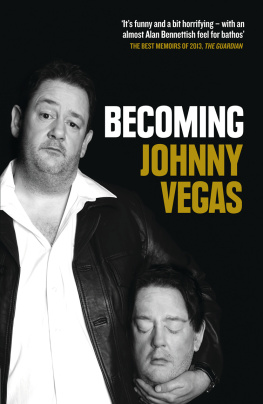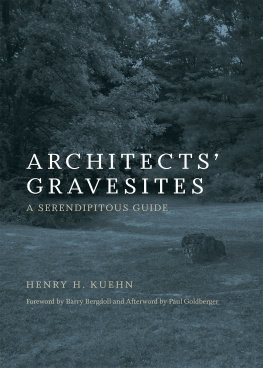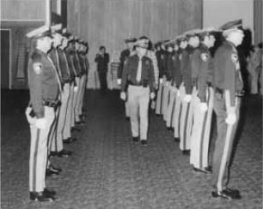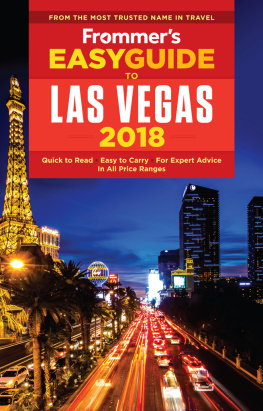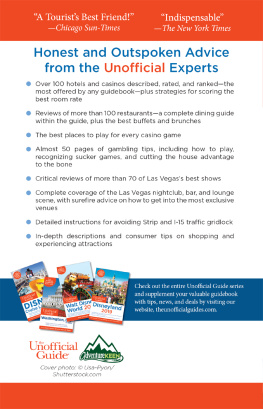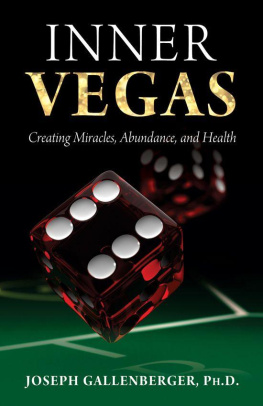
Wilbur S. Shepperson Series in Nevada History
Series Editor: Michael Green (UNLV)
Nevada is known politically as a swing state and culturally as a swinging state. Politically, its electoral votes have gone to the winning presidential candidate in all but two election since 1912 (it missed in 1976 and 2016). Its geographic location in the Sun Belt; an ethnically diverse, heavily urban, and fast-growing population; and an economy based on tourism and mining make it a laboratory for understanding the growth and development of postwar America and postindustrial society. Culturally, Nevada has been associated with legal gambling, easy divorce, and social permissiveness. Yet the state also exemplifies conflicts between image and reality: It is a conservative state yet depends heavily on the federal government. Its gaming regulatory system is the envy of the world but resulted from long and difficult experience with organized crime. And its bright lights often obscure the role of organized religion in Nevada affairs. To some who have emphasized the impact of globalization and celebrated or deplored changing moral standards, Nevada reflects America and the world; to others, it affects them.
This series is named in honor of one of the states most distinguished historians, author of numerous books on the states immigrants and cultural development, a longtime educator, and an advocate for history and the humanities. The series welcomes manuscripts on any and all aspects of Nevada that offer insight into how the state has developed and how its development has been connected to the region, the nation, and the world.
Charcoal and Blood: Italian Immigrants in Eureka, Nevada, and the Fish Creek Massacre
SILVIO MANNO
A Great Basin Mosaic: The Cultures of Rural Nevada
JAMES W. HULSE
The Baneberry Disaster: A Generation of Atomic Fallout
LARRY C. JOHNS AND ALAN R. JOHNS
A History of Occupational Health and Safety: From 1905 to the Present
MICHELLE FOLLETTE TURK
Gambling with Lives: A History of Occupational Health in Greater Las Vegas
MICHELLE FOLLETTE TURK
University of Nevada Press | Reno, Nevada 89557 USA
www.unpress.nevada.edu
Copyright 2018 by University of Nevada Press
Preface and new copyright 2021 by University of Nevada Press
All rights reserved
LIBRARY OF CONGRESS CATALOGING-IN-PUBLICATION DATA
Names: Turk, Michelle Follette, 1981 author.
Title: Gambling with lives : a history of occupational health in greater Las Vegas / Michelle Follette Turk.
Other titles: Wilbur S. Shepperson series in Nevada history.
Description: Revised and expanded. | Reno ; Las Vegas : University of Nevada Press, [2021] | Series: Wilbur S. Shepperson series in Nevada history | Includes bibliographical references and index. | Summary: Gambling with Lives is a history of occupational health and the conflicts between workplace safety and regulations in Las Vegas, Nevada. The revised and expanded edition is updated through 2020 with new discussions of the Harvest Festival Shooting, Legionnaires disease outbreaks at the resorts, work-related disorders in the service industry, and COVID-19Provided by publisher.
Identifiers: LCCN 2020036094 (print) | LCCN 2020036095 (ebook) | ISBN 9781948908924 (paperback) | ISBN 9781948908962 (ebook)
Subjects: LCSH: Work environmentSafety regulationsNevadaLas VegasHistory. | Industrial safetyNevadaLas VegasManagement. | Industrial hygieneNevadaLas VegasManagement. | Industrial safetyLaw and legislationNevadaLas Vegas. | Safety regulationsNevadaLas VegasHistory. | Construction industrySafety regulationsNevadaLas Vegas. | Industrial accidentsNevadaLas Vegas.
Classification: LCC HD7261 .T86 2021 (print) | LCC HD7261 (ebook) | DDC 363.1109793/13dc23
LC record available at https://lccn.loc.gov/2020036094
LC ebook record available at https://lccn.loc.gov/2020036095
Manufactured in the United States of America
25 24 23 22 21 20 1 2 3 4 5
For Don
PREFACE
Like any book, the inspiration for this one has a story behind it. I grew up in a medical family. One grandfather was a trauma surgeon in Las Vegas, Nevada, the other, an internist in Santa Monica, California. One grandmother and several aunts were nurses. My uncle was a cardiothoracic and transplant surgeon. When I was thirteen my surgeon grandfather, Kirk V. Cammack Jr., flew me to Las Vegas to watch him perform a double mastectomy at University Medical Center (UMC) to help me research for a school science project on cancer. It was at that moment I decided I wanted to be a doctor.
I did become a doctor eventually, but not the medical kind. During college I became fascinated with medical history, especially regarding medicine in Las Vegas. My grandfather had moved to Nevada in 1960 and established a successful practice as the second board-certified surgeon in the state. He was a colorful character, a towering 6-foot 3-inch cowboy from Rock Springs, Wyoming, with flaming red hair and a sharp wit. When I was a small child he filled my head with stories of the Wild West of medicine in Nevada, stories that sounded more like tall tales than reality. He told me about extracting a ruptured appendix on his pool table in his basement, traveling outside town for house calls to see his desert rats, about treating cowboy patients in the back of saloons, and performing comp surgeries at Sunrise Hospital for the mob contingent and other Las Vegas icons of the 1960s. From an early age, I idolized his unique approach to medicine, and came to view Las Vegas medicine in the same light. My perspective shifted when my mother passed away from intracranial bleeding while I finished up my undergraduate degree. After receiving substandard care at a Las Vegas hospital, she died on the operating table. Her experience left me with many questions: How did Las Vegas, a growing metropolis with millions of residents, have such second-rate health care? When my grandfather moved to town, the medical community held so much promise, recruiting young, talented physicians from across the country to create innovative medical programs. Somewhere along the way, the quality of care flatlined.
As my questions grew, inspiration for this book began. I started with a paper on the medical history of Hoover Dam, but soon realized that Las Vegas medicine was fundamentally connected with the regions major industries. At the same time, I formed a better understanding of why my mother died. After slipping at work, she had torn ligaments in both knees and her orthopedic surgeon chose to reconstruct them both at the same time. When her workers compensation coverage ended, she stopped physical therapy and had to return to work; she developed a blood clot soon after that probably traveled through her heart to her brain. Acquiring this understanding gave me closure as well as new perspective regarding the importance of health and safety in the workplace. Thus, my topic shifted to focus on occupational health. The move created an opportunity not only to evaluate the development of health and safety in the twentieth-century American workplace but also to better understand the state of medicine in the Las Vegas area.
When I began this research, I quickly realized that occupational hazards were rarely confined to a workplace. Employees were usually the first casualty, but there was also a sociocultural side involving employers, medical professionals, government officials, social reformers, and the community. Moreover, the damages inevitably hurt the environment. To better understand this history, I developed a conceptual framework called the occupational health regime that built upon previous scholarship. An occupational health regime is the formal and informal relationships that forms to address the labor, hazards, and health and safety programs in a workplace. I became interested in the interactions and beliefs among the various actors, particularly the medical sphere. How did company physicians, community doctors, nurses, and hospitals conceive their respective medical realms, the evolving field of occupational health, and the impact of hazardous work? Asking these questions revealed a complex and fascinating history of greater Las Vegas.



